 Aug28
Aug28My Design Journey at Spurt! - Alexander Onu
Written by Alexander Onu - Product Design Intern at Spurt! In 2024, as a young artist eager to expand my skills and digitalize my services, I st
 Aug26
Aug26Cybersecurity - Beyond the Screen and Into Strategy
Written by Bornavita N. - Cybersecurity Analyst at Spurt! When most people think of cybersecurity, they picture a movie scene: a solitary figur
 Aug24
Aug24The Future Of Fullstack Development In 2025: Trends, Challenges, And Insights From SpurtX!
Written by Victor Gillette Aziabah - Full Stack Developer at Spurt! The landscape of web and app development is evolving at a pace few industrie
 Aug03
Aug03Project Management Isn’t Just About Big Plans — It’s the Little Things Too
Written by Moyinoluwa Fasanmi - Operations Analyst at Spurt! When people hear “project management,” they think of fancy Gantt charts, tight dead
 Jul24
Jul24How the Spurt! Product Team Evoke Commitment from Team Members
Written by Toyin Oladiran-Matthew , Product Manager at Spurt! Spurt! is a remote-first organisation. For the past four years, we’ve operated wit
 Jul10
Jul10Budgeting Isn’t Boring — You’re Just Doing It Wrong
Written by Oluwakemi Ogunfeitimi , Finance & Compliance Analyst at Spurt! Let’s face it — “budgeting” isn’t the sexiest part of finance. But it
 Jul03
Jul03My Journey Through the Spurt! STEP Programme: From Learning to Doing By Destiny Agwueke
Written by Destiny Agwuekwe - Product Marketing Intern at Spurt! Earlier this year, I had the opportunity to be part of the Spurt! Training and
 Jun26
Jun26My Journey With Data By Emmanuel Folahanmi
Written by Emmanuel Folahanmi One of the most fulfilling aspects of working at Spurt! has been contributing to the development of thoughtful, da
 Mar11
Mar11Project Professionalism Online and win more work
It's the often-overlooked key to attracting clients, building lasting relationships, and ultimately, growing your freelance business. This isn't
 Oct29
Oct29Is Your Company Prepared for the Inevitable? - Cybersecurity Tips
"There are only two types of companies: those that have been hacked and those that will be." - Robert Mueller, former FBI Director. While this q
 Oct14
Oct14Spurt! Brief October 2024
Dear Valued Subscribers, How has October been treating you? It’s unbelievable that we are already in the final quarter of the year! Time truly f
 Oct10
Oct10Celebrating Spurt!’s Commitment to Excellence in Customer Service
Sally Gronow once said, "Good customer service costs less than bad customer service”—and trust me, she is not wrong. Valuing customers will alwa
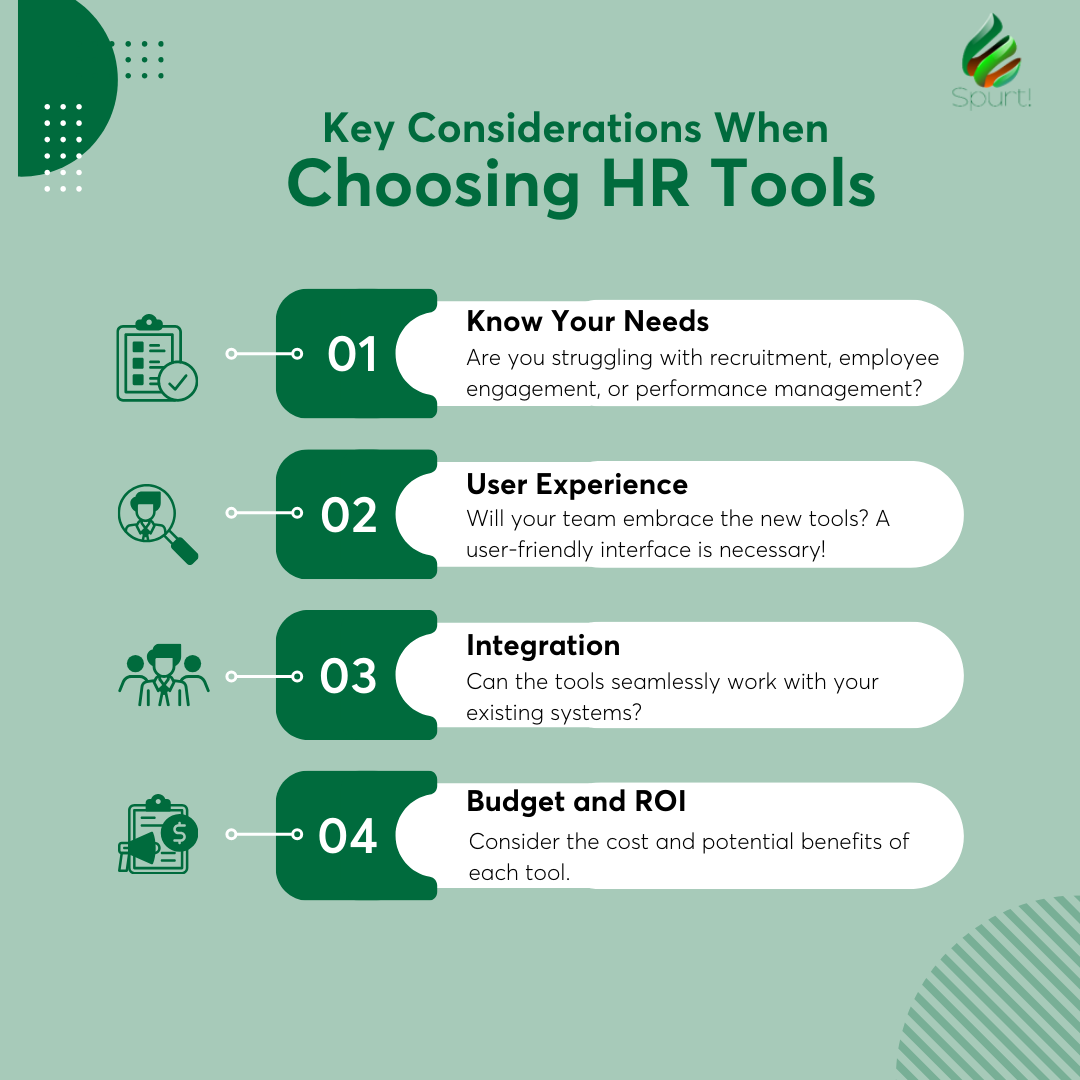 Sep16
Sep16Spurt! Brief September 2024
Dear Valued Subscribers, How has September been treating you? We hope this month has been filled with growth, opportunities, and positive exper
 Sep15
Sep15A Startup Founder’s Guide to Resilience in Management
In March 2020, around 2 weeks after Africa’s first Covid 19 case was confirmed by Egypt’s then Minister of Health and Population, Dr. Hala Zayed
 Sep11
Sep11How does a Startup Survive?
How does a Startup Survive? Spurt! turned 3 on 17th July 2024, and we celebrated it in style. We even put together a little something for you an
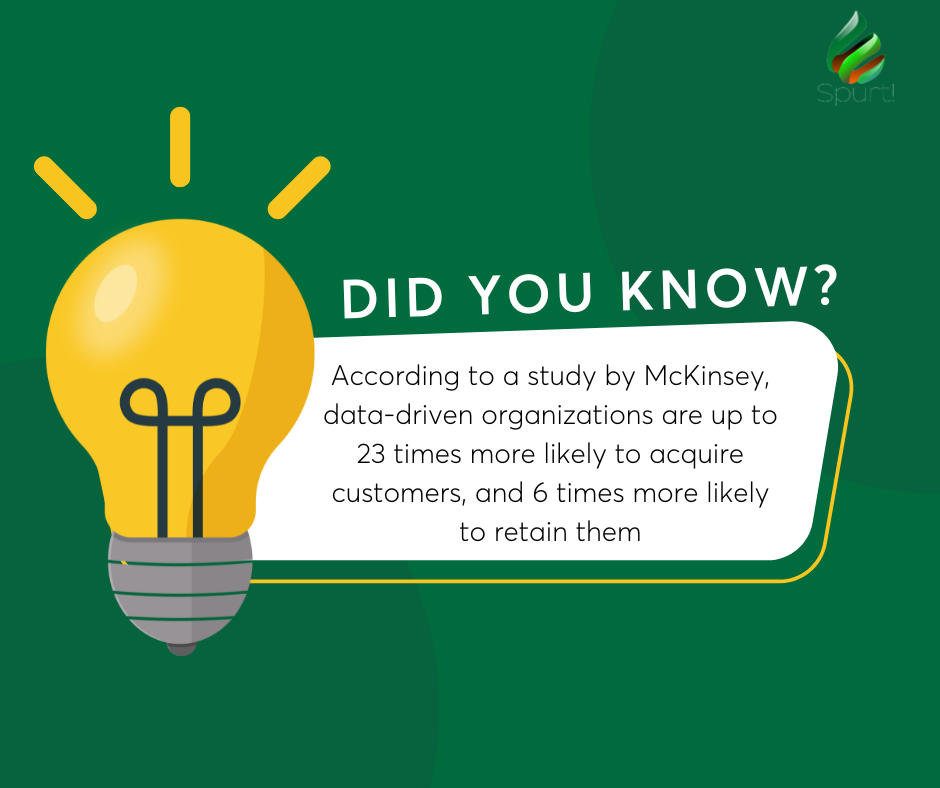 Aug22
Aug22Spurt! Brief August 2024
Dear Valued Subscribers, Another month, another opportunity to make waves! How's August treating you so far? We hope this month has been filled
- Jul14
Spurt! Brief July 2024
Dear Valued Subscribers, Can you believe it's already July? The first half of 2024 flew by in a whirlwind of activity! We are hitting the grou
 Jul08
Jul08Building the perfect team with AI: Growth Strategies for Business Owners
Building the perfect team with AI: Growth Strategies for Business Owners Traditional team-building methods, while still valuable, are often tim
 Jun16
Jun16The Future of Digital Advertising with Generative AI
We have had AI for a while now, so what’s the buzz around generative AI? Generative AI refers to a class of algorithms that have the ability to
 Jun11
Jun11Spurt! Brief June 2024.
Dear Valued Subscribers, Can you believe it's already June? We are racing towards the end of the first quarter of 2024! How are those goals we
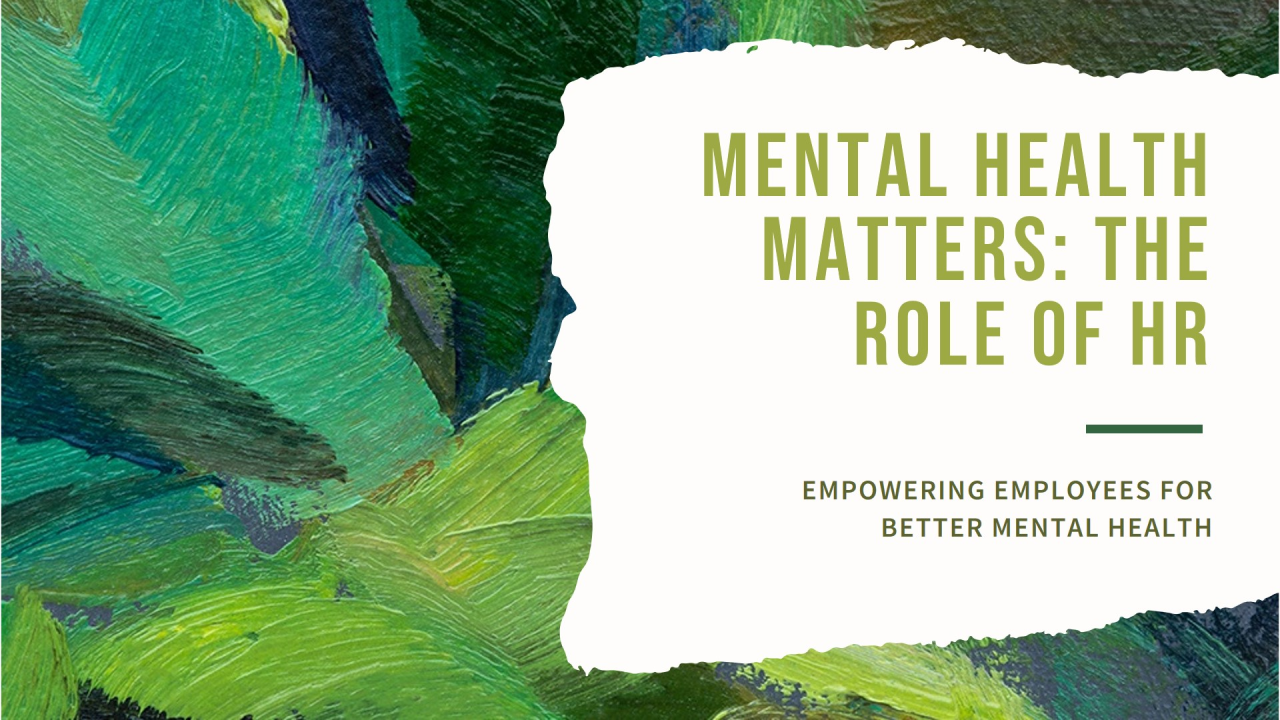 May30
May30The Role of HR in Mental Health – Spurt! as a case study
In today's fast-paced and demanding work environment, employee well-being has emerged as a critical factor for organisational success. A survey
 May26
May26The Power of Pause: How Taking Breaks Can Boost Productivity and Wellbeing
Everyday, you wake up to another update on your currency’s devaluation against the dollar and you’re demoralised. You head on to TikTok or whate
 May21
May21Mind Over Matter: Prioritising Mental Health in Pursuit of Success
Mind Over Matter: Prioritising Mental Health in Pursuit of Success Let’s talk about something super important that often gets overlooked: menta
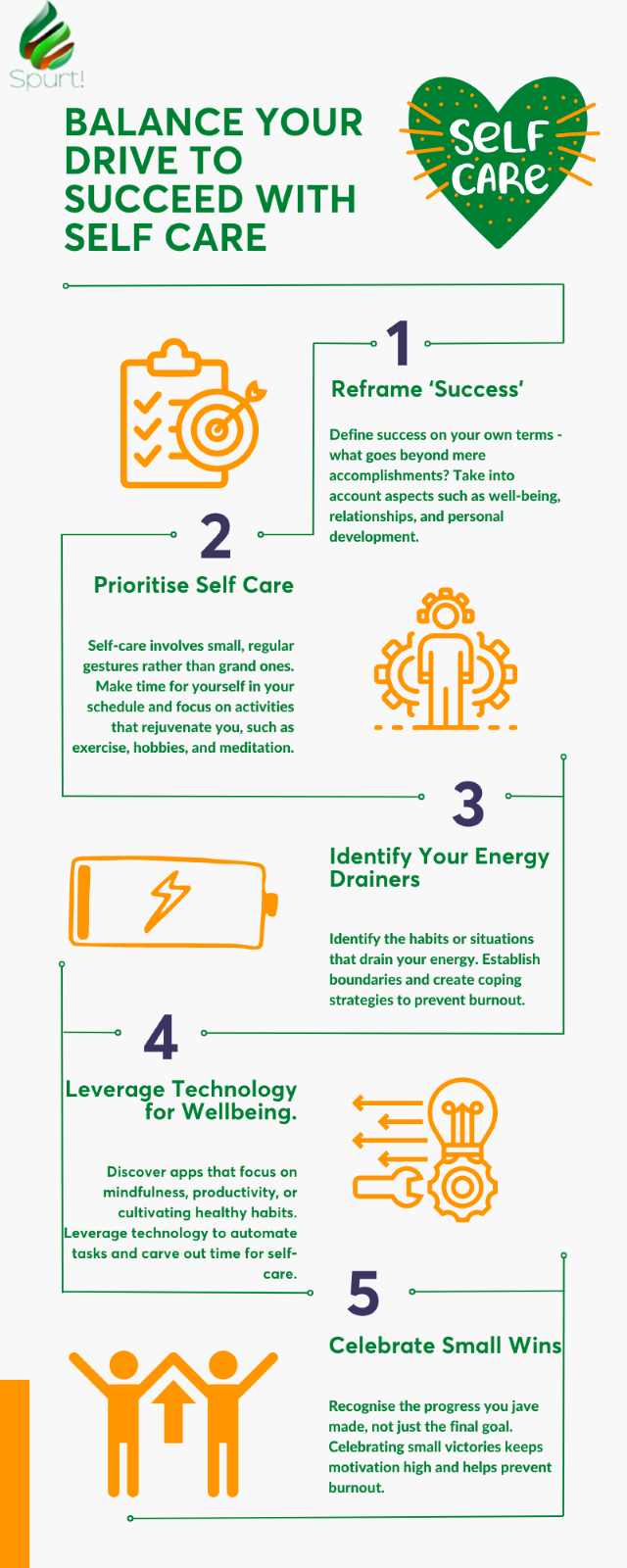 May13
May13Spurt! Brief May 2024
Dear Valued Subscribers, As we continue to forge ahead with our mission in May, we extend a sincere welcome to our valued business owners. We u
 May11
May11There's Only One Thing Better than a Productive Business
Do you remember Oliver Twist? I'm sure we all - Gen Zs included, I hope - remember Charles Dickens' famous boy who asked for more. Throughout ch
 Apr29
Apr29Benefits of S.T.E.P.
The next cohort 7 of S.T.E.P. will officially begin on the 25th of March 2024, the program has a track record of graduating over fifty talented
 Apr29
Apr29Developing Leadership Skills: Discover Your Leadership Archetype
In the words of Simon Sinek, “Leadership has nothing to do with rank, sitting at the highest level of the organisation doesn’t make you a leader
 Apr16
Apr16Spurt! Brief April 2024.
Dear Valued Subscriber, April is here, and a brand-new quarter is upon us! We at Spurt! wish you a vibrant and successful Q2, filled with opport
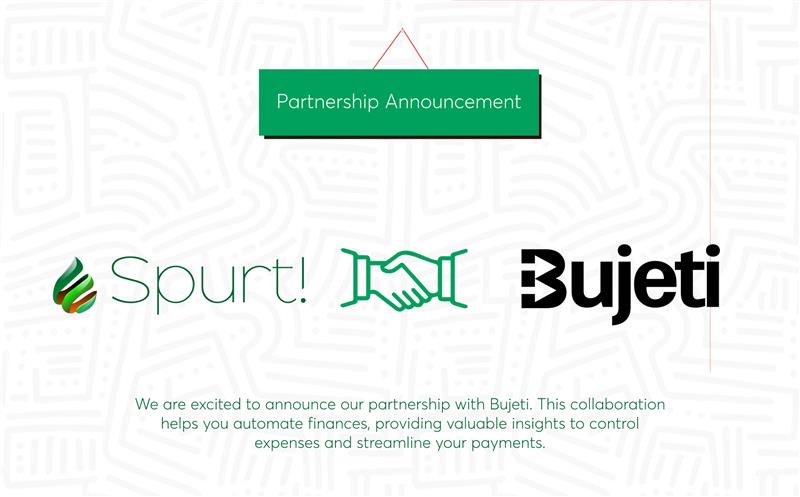 Apr09
Apr09Spurt! Partners with Bujeti to Offer Enhanced Expense and Budget Management to Clients
At Spurt!, we are committed to helping businesses succeed by simplifying their operations. Recognising the challenges of managing multiple plat
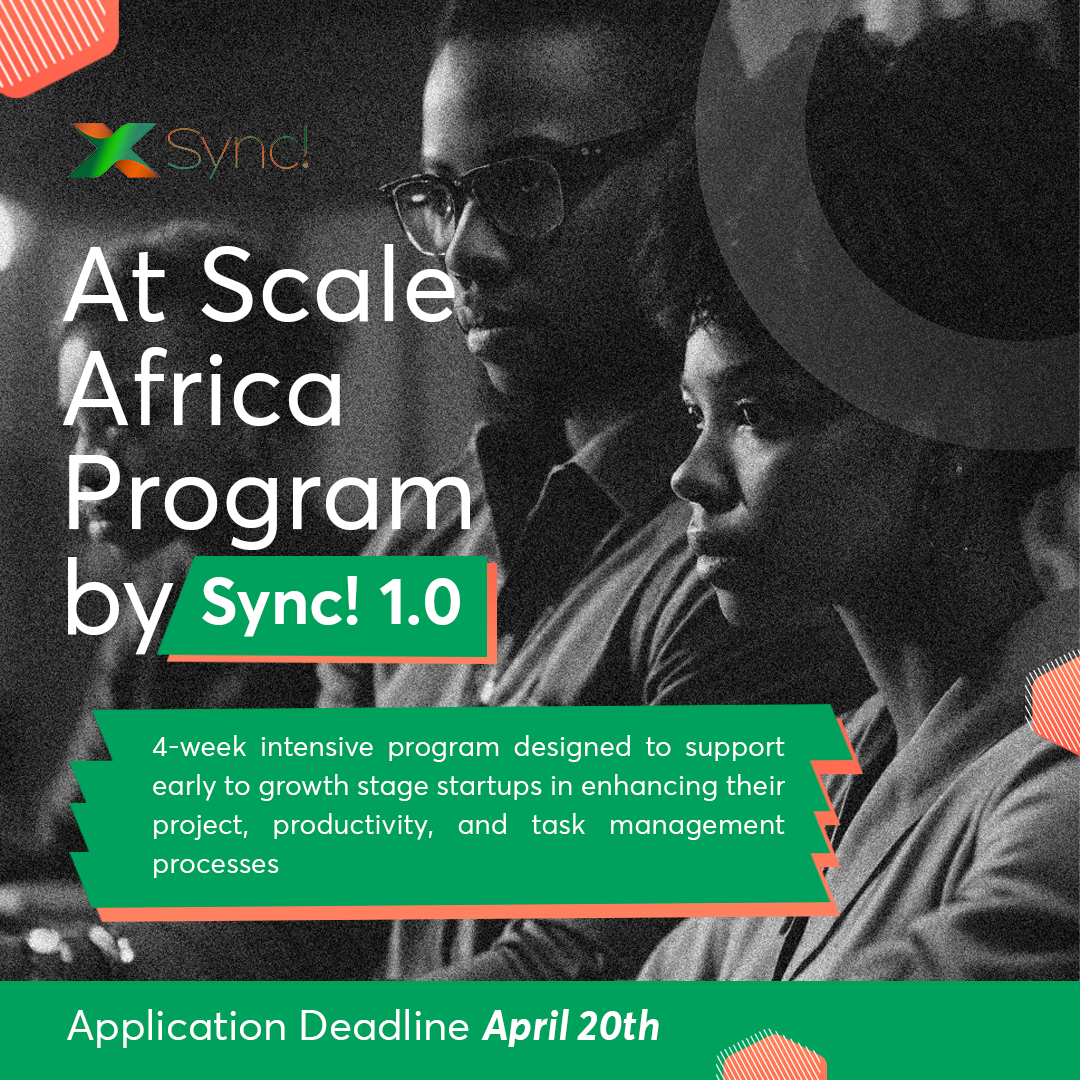 Mar27
Mar27Spurt! Brief March 2024 Vol.2
Dear Valued Subscribers, March was a powerful month for celebrating women's achievements and igniting your entrepreneurial spirit! We hosted a f
 Mar19
Mar19How Does Investing in Women Accelerate Progress?
How Does Investing in Women Accelerate Progress? Women empowerment programs often tout themes like 'bridging the gap' and 'empowering inclusion
 Mar12
Mar12Spurt! Brief March 2024 Vol.1
Dear Valued Subscribers, This month, as we celebrate International Women's Day (IWD), we acknowledge the incredible achievements of women acros
 Feb26
Feb26Spurt! Brief February 2024. Vol.2
Dear Valued Subscribers, Checking in as we wrap up another month in the world of African entrepreneurship! Before we dive in, how are you? Did
 Feb19
Feb19Building Meaningful Client Relationships: A Guide to Long-Term Success
Building Meaningful Client Relationships: A Guide to Long-Term Success Beyond just closing deals, establishing genuine connections with clients
 Feb19
Feb195 Efficient Ways to Boost Your Credentials as a Software Engineer
Picture this, as 2022 wrapped up, a whopping 164,969 employees bid farewell to their tech havens across 1,064 companies. And just when we though
 Feb14
Feb14Spurt! Brief February 2024 Vol.1
Dear Valued Subscribers, February is heating up at Spurt! That's right, we're keeping the momentum going with insightful reports and power-pack
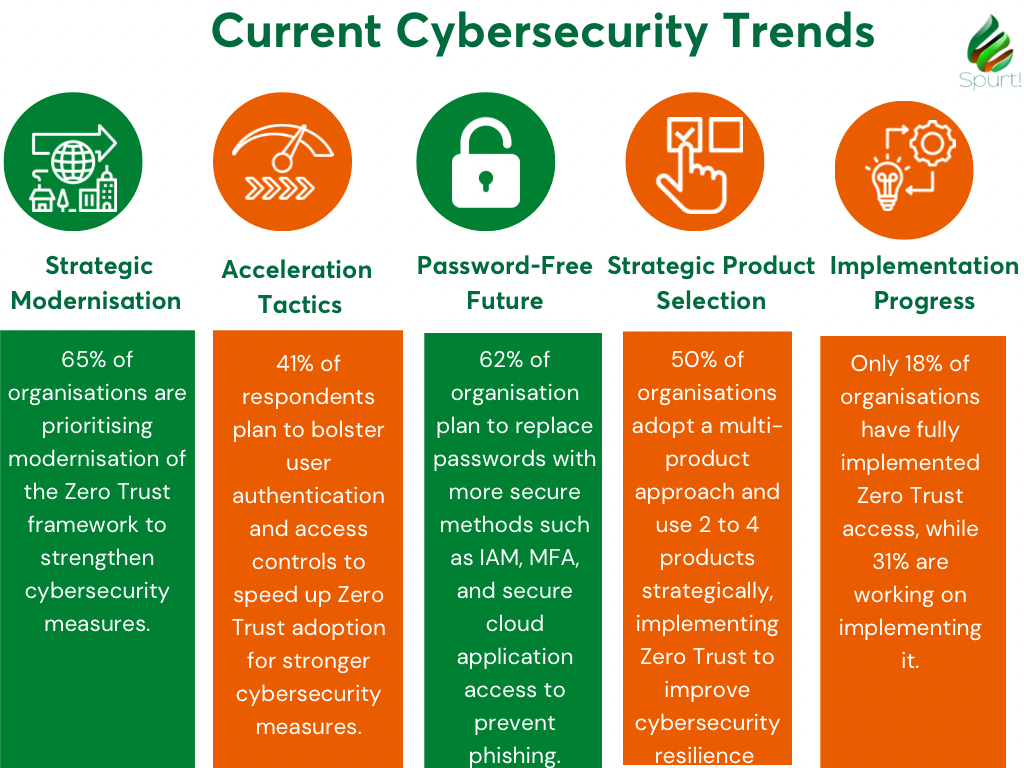 Jan28
Jan28Spurt! Brief January 2024. Vol 2.
Africa on the Rise: Don't Miss Out! Dear Valued Subscribers, As we delve into 2024, the excitement is electric at Spurt! Our dedicated team is
 Jan14
Jan14The Spurt! Brief Vol 1 January 2024
Dear Valued Subscribers, Happy New Year! As we step into the dawn of a new year, we extend a warm welcome to each one of you. 2024 lies befo
 Oct23
Oct23A Step-by-Step Audit Guide for SMEs in Africa
Being in control of your business finances would determine how sustainable your business becomes. A comprehensive audit of your small business i
 Oct09
Oct09Bridging the Digital Divide: Spurt! Celebrates the Day of the Girl Child
October 11 is not just a date on the calendar; it is a global call to action. The International Day of the Girl Child is a reminder that when gi
 Oct04
Oct04Can Sync! Bridge the Gap Between Projects and Progress?
Have you ever found yourself trapped in the maze of project management, where tasks multiply, timelines blur, and progress remains elusive? The
 Sep14
Sep14Is the Customer Always Right? - Exploring the Age-Old Myth
An Examination of the Origins of this Adage The phrase "The customer is always right" is a well-known mantra in the realm of business, often gui
 Sep14
Sep14Monetising Your Community Workshop Recap
We're gradually walking into a connected world; it's a lot easier now to have a thousand more people in your network than it was two decades ago
 Sep03
Sep03Unveiling Gender Dynamics at Spurt!
Having worked at Spurt! for over 2 years, I like to describe Spurt! as an ecosystem where new ideas and advancements come together. As we step i
 Aug29
Aug29Embracing Diversity: The Power of Gender-Inclusive Hiring
Today, fostering an inclusive and diverse workplace isn't just an ethical imperative; it's also a strategic advantage for companies looking to a
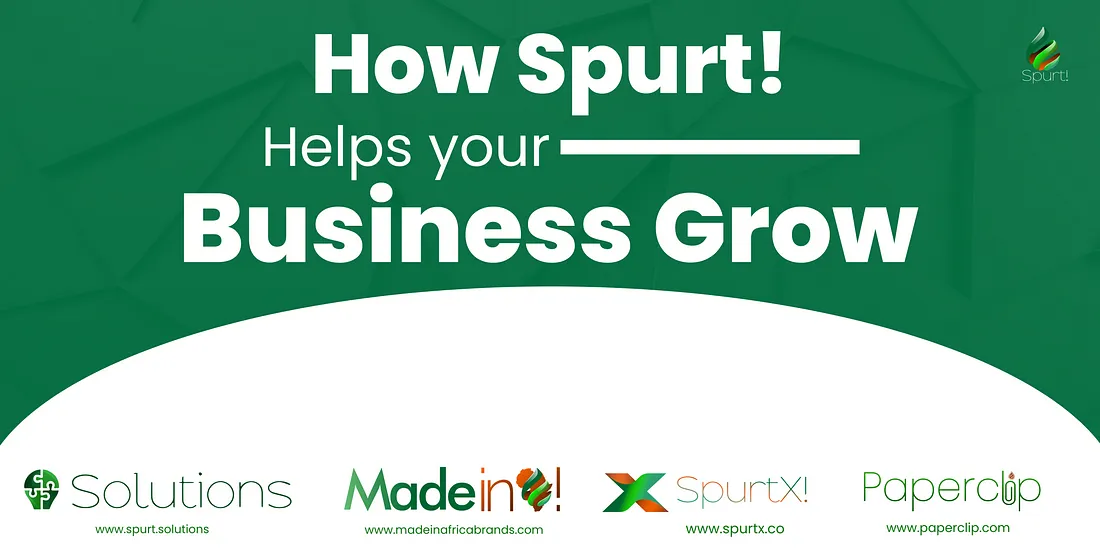 Aug07
Aug07Grow Your Business With Spurt! Tools
When we set out to build Spurt! we did so because we wanted to trigger exponential growth in businesses led by African entrepreneurs. This is wh
 Jul27
Jul27Building an Inclusive Community: Perspectives on the Significance of DEI and Its Impact on Organisational Ecosystems
Building an Inclusive Community: Perspectives on the Significance of DEI and Its Impact on Organisational Ecosystems Our theme for the month of
 Jul10
Jul10Spurt!'s Commitment to Building an Inclusive Workforce
Spurt!'s Commitment to Building an Inclusive Workforce In today's rapidly evolving business landscape, diversity and inclusion have become key
 Jun18
Jun18Effective Communication Strategies for Remote Teams
Effective Communication Strategies for Remote Teams In today's remote work environment, effective communication plays a vital role in fostering
 May22
May22Nurturing Your Wellbeing the Spurt! Way
Nurturing Your Wellbeing the Spurt! Way Welcome to the month of May! As you begin our daily routine, we want to bring your attention to an essen
 Apr26
Apr26Spurtans! in the Spotlight: Their Work, growth, and Impact
Spurtans! in the Spotlight: Their Work, growth, and Impact At Spurt!, having a team that can adapt and excel in a dynamic environment is crucial
 Feb07
Feb07Trickle-down economics works about as well as trickle-down tech ecosystem funding
Trickle down economics works about as well as trickle down tech ecosystem funding… At Spurt! we are continuously looking for ways to highlight
 Feb07
Feb07The Spurt! Consultant Pool acknowledges the reality of expatriation and enables African professionals to give back
The Spurt! Consultant Pool acknowledges the reality of expatriation and enables African professionals to give back Every day, Africa loses its b
 Feb07
Feb07Building Trust and a Collaborative Culture as Employees Remain at Home During the Pandemic.
Building Trust and a Collaborative Culture as Employees Remain at Home During the Pandemic. Many offices remain closed as cities (and citizens)
 Feb07
Feb07Building a Supportive and Open Workplace Culture Can Help Minimise Your Cybersecurity Risk
Building a Supportive and Open Workplace Culture Can Help Minimise Your Cybersecurity Risk In an age of increasing technological reliance, many
 Feb07
Feb07Team Resilience is Dependent on Enabling Relationships Between Colleagues
Team Resilience is Dependent on Enabling Relationships Between Colleagues At Spurt! we are constantly looking for ways to improve our team. Thi
 Feb07
Feb07Enabling Africa’s digitalisation through capacity building
Enabling Africa’s digitalisation through capacity building. At Spurt! we are always looking to amplify solutions to critical and specific proble
 Feb07
Feb07China may be a global heavyweight but Africa can still create its own destiny with AfCTA
China may be a global heavyweight but Africa can still create its own destiny with AfCTA Will China help or hurt the AfCFTA? African countries
 Feb07
Feb07Long Term Strategies for An African Recovery from COVID-19
Long Term Strategies for An African Recovery from COVID-19 At Spurt! We are always looking to amplify solutions to critical and specific problem
 Feb06
Feb06Scaling in Africa: Practical Strategies to add to your playbook(Part 1)
Scaling in Africa: Practical Strategies to add to your playbook(Part 1) Conducting business in Africa is no small feat and very entrepreneur wit
 Feb06
Feb06Venture-Backed Vs Lifestyle Business: What’s The Way Forward for Entrepreneurs?
Venture-Backed Vs Lifestyle Business: What’s The Way Forward for Entrepreneurs? At Spurt! We are always looking to amplify solutions to critica
 Feb06
Feb06Effects of The Pandemic on Household Savings
Effects of The Pandemic on Household Savings At Spurt! We are always looking to amplify solutions to critical and specific challenges in Sub Sa
 Feb06
Feb06What it means to Freelance in Africa
Freelancing in Africa The employment problems of university graduates have increased in the 21st century. A retrospective analysis shows that an
 Feb06
Feb06Meet the game changers in Africa’s HR Saas scene
Meet the game changers in Africa’s HR Saas scene TechPoint Africa describes the HR Market in Africa as an emerging market. One in which there is
 Feb06
Feb06Market struggles of HR SaaS Companies in Africa
Market struggles of HR SaaS Companies in Africa In another article, we focused on the Key Players in the HR Market in Africa, and now the lens w
 Feb06
Feb06Leverage this Growth framework also used by Fortune 500 companies
Leverage this Growth framework also used by Fortune 500 companies In 3 minutes, you will understand what the PPT framework is and how you can le
 Feb06
Feb06The difference between Information Technology and Information Systems- What you need to know
The difference between I.T and I.S- What you need to know Information Technology and Information Systems are not necessarily the same thing but
 Feb06
Feb06Why Business Advisory Should be an Investment for you in 2023
Why Business Advisory Should be an Investment for you in 2023 Let us assume you are an entrepreneur or founder running a small or medium-sized b
 Feb06
Feb06SpurtX!: The Best Tool For African MSMEs
SpurtX!: The Tool That African MSMEs Have Been Waiting For There’s no doubt that starting and running a business is hard. Your dreams and passio
 Feb05
Feb05We reviewed ‘Employee Recognition: Low Cost, High Impact’ by Anne-Marie Mann and Nate Dvorska
We reviewed ‘Employee Recognition: Low Cost, High Impact’ by Anne-Marie Mann and Nate Dvorska In this article, the writer informs us (the reader
 Feb03
Feb03Review of Patience Panashe’s What does entrepreneurship really mean in the African context?
Review of Patience Panashe’s What does entrepreneurship really mean in the African context? Patience Panashe goes on to begin her article by say
 Feb03
Feb03Top 30 Productivity Hacks To Get More Done
We Reviewed Simplilearn’s Top 30 Productivity Hacks To Get More Done In 2023 One can easily relate to the introduction of this article. Sometime
 Jan31
Jan31How To Handle Issues Of Black Tax As An African Entrepreneur
How to Handle Black Tax As An African Entrepreneur On one episode of a popular Ghanaian podcast, Sincerely Accra, a young man in his mid-thirtie
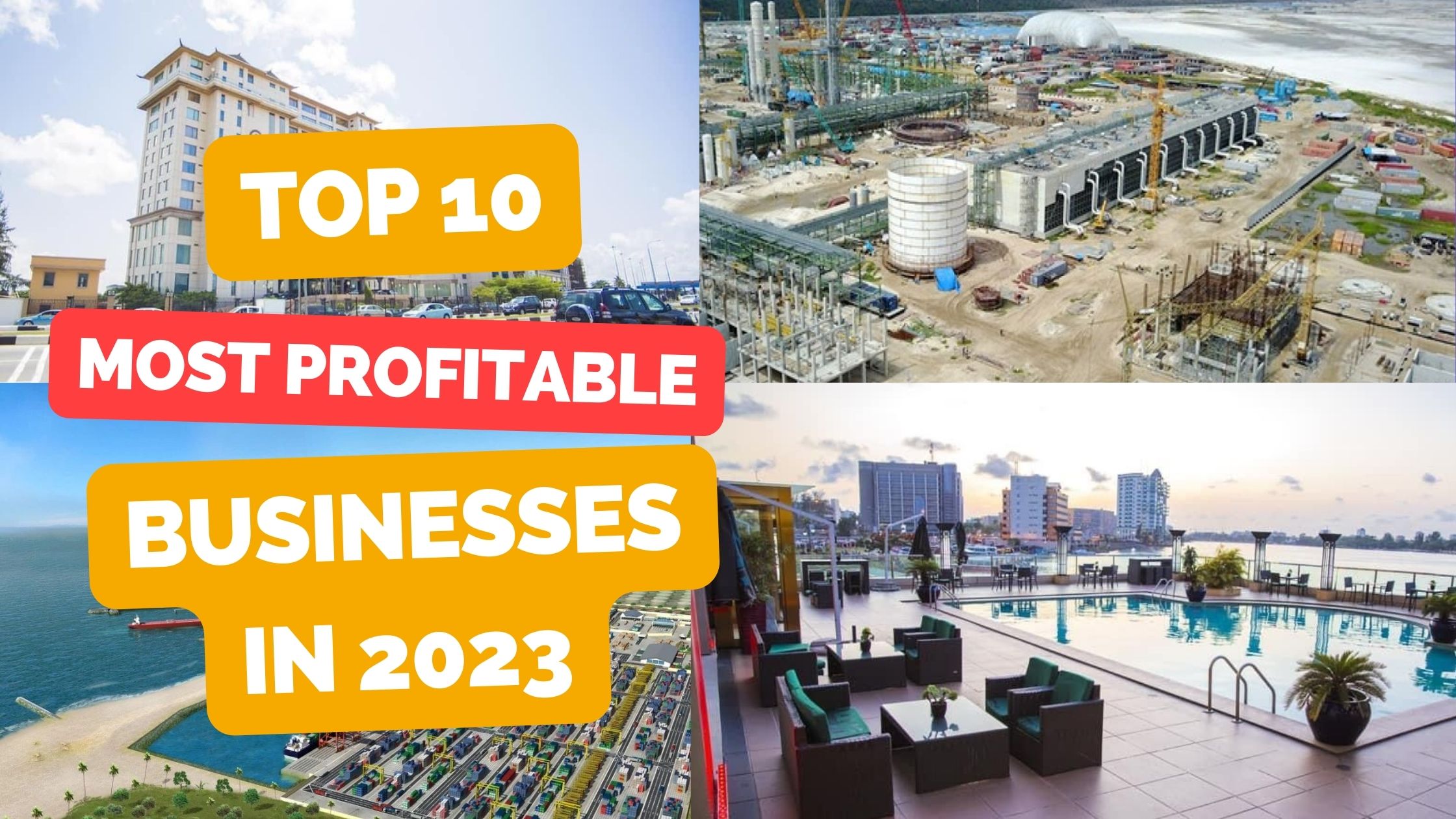 Dec16
Dec16Top 10 Lucrative Businesses To Start in 2023 With Low Startup Costs
10 Lucrative Businesses in 2023 with Low Entry Costs Most of us by now are feeling the impact of the global recession. The World Bank predicts
 Nov24
Nov24Start-up culture in Nigeria
Start-up Culture in Nigeria Culture is the way of life of a people. Culture defines who we are, it is our identity, it is what we are known for,
 Jul25
Jul25How to Reduce Your Startup’s Burn Rate
How to Reduce Your Startup’s Burn Rate Lack of capital has always been known to be a major challenge for startups. Luckily, in recent times, ent
 Jul22
Jul22Spurt! Launches Team and Project Management Tool, Sync!
Spurt! Launches Team and Project Management Tool, Sync! Following a successful private beta, Spurt! has announced the public release of its new
 Oct12
Oct12Signs You Should Rethink Your Employee Development Strategy
Signs You Should Rethink Your Employee Development Strategy The single biggest differentiator between successful companies is not always the pro
 Oct12
Oct12Some Of The Best (And Affordable) Ways To Create A Healthy Workspace
Some Of The Best (And Affordable) Ways To Create A Healthy Workspace Creating a healthy and happy workplace for your employees do not have to co
